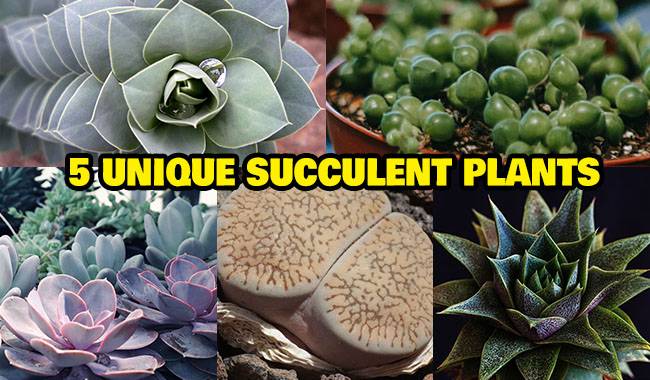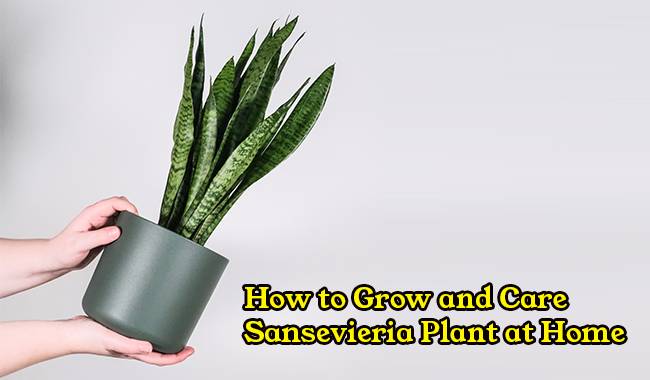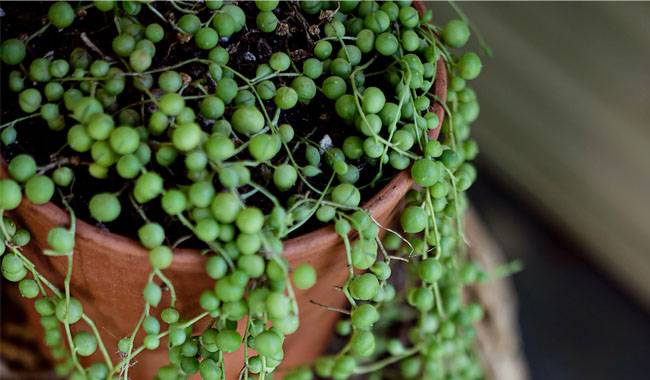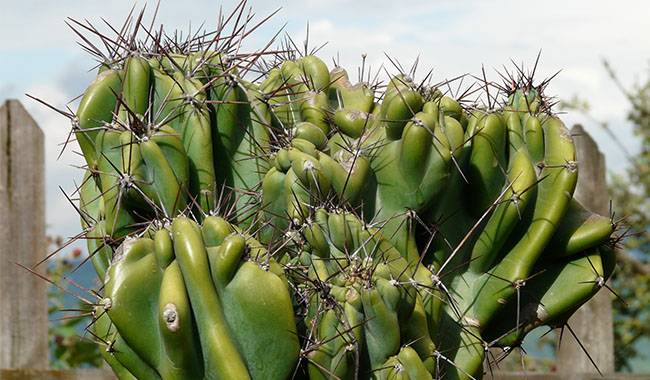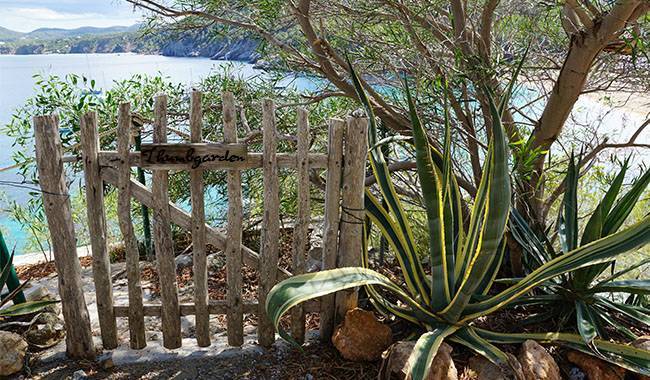
Agave (Genus Agave) succulent is a member of the Aloe family and family Asparagaceae (formerly Agavaceae). It is native to Mexico, India, and subtropical and tropical regions of North and South America. It is also found in the Mediterranean.
This shrub can grow between 12-80 inches (0.3 m-2 m), depending on the species. Agave Plant has a medium growth rate and is a perennial plant. It rarely blooms indoors, only in older shrubs. Easy to care for and easy to grow.
BRIEF DESCRIPTION OF AGAVE PLANT GROWTH
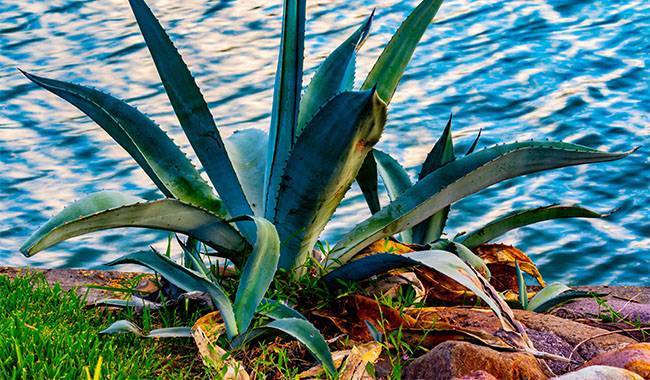
- Temperature conditions. In summer, the temperature can vary from 60-84 °F (16-29°C). The plant should be kept cool during the cold season: 50-62 °F (10-17°C).
- Humidity of the air. Air humidity should be low.
- Lighting. The shrub needs a lot of bright light, and direct sunlight does it no harm. This is why southern windows are best for it.
- Watering. The plant is drought-resistant. In the warm season, the flowers do not need much watering, while in winter, they need less.
- Soil mixture. Agave Plant is suitable for purchasing a ready-made soil mixture, which should be well-drained but heavy in composition. Be sure to add some sand to it. You should combine coarse sand (or perlite), garden soil, and leaf soil (humus) in a 3:2:2 ratio by hand to prepare the substrate. Next, add some bone meal, lime, or eggshells to the mixture. The pH of the substrate should be 6.8-7. Pots for planting should be chosen with drainage holes at the bottom.
- Fertilizer application. Fertilizer should be used in liquid form. The frequency of fertilization is 1-2 times a month and only during the growing season.
- Transplanting. Transplant slow-growing cultivars once a year and fast-growing cultivars every few months (if necessary). The diameter of each new container should be 30-40 mm larger than the old one. Mature shrubs receive this procedure once every 2 or 3 years.
- Propagation. the most common way of propagating Agave plants is by scion propagation. They are planted in wet sand, regularly moistened with water from a sprayer, and kept in mid-air. It can also be cultivated from seed, but in this case, you must be patient. Sow the seeds only in springtime. Remember that some Agave Plant varieties can only be propagated by seed, such as Queen Victoria.
- Special care. Spotted varieties are characterized by slow growth. The shorter varieties can be grown hydroponically.
CARING FOR AGAVE PLANT AT HOME
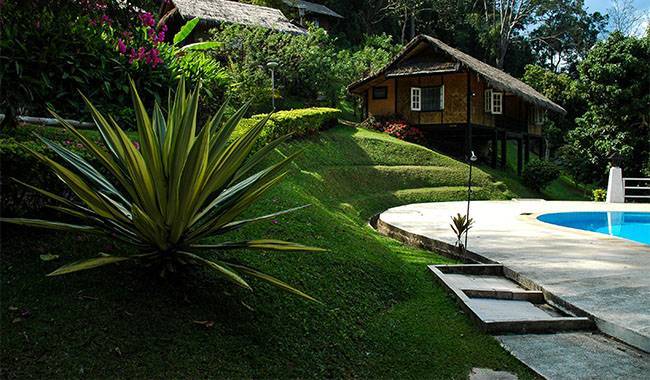
Sowing seeds
Not all Agave Plant varieties can be grown at home. So make sure the plant you choose does not fall into this category. The most common varieties include Agave Plant Small Flower, Thread Flower, and Queen Victoria as houseplants.
Sow seeds in February and March at a 0.2-0.4 inches (0.5-1 cm). If placed in a warm environment at 70-77 °F (21-25°C), the first seedlings should emerge on days 5 to 7. The first leaves will appear first, the second about 15 days later, and the third about 20 days later.
After a few weeks of growth, the bush will reach a height of about 80 mm and a diameter of about 15 mm. The formation of the fourth true leaf plate will take another 20-30 days. At the same time, leaf rosettes should start to form. The underground stems should reach a diameter of about 15 mm.
When replanting the shrub, make sure that the root neck is not submerged in the substrate. Otherwise, rotting may occur. Cover the root necks with sand to prevent decay.
Flowering
The flowering of indoor Agave plants is extremely rare. During flowering, a panicle consisting of many funnel-shaped yellow flowers forms on the shrub.
In the wild, it will flower for the first time in its 10th-15th year. When grown at home, it usually begins to flower in its 20th-30th year. Once an Agave Plant has flowered, it will completely wilt, leaving a mass of root buds in its place.
Temperature
During the warm season, the best temperature for the common Agave Plant is 68-82 °F (20-28°C). It can also be warmer indoors, but it should not fall below 64 °F (18°C). In the last weeks of autumn, after the hours of sunlight have decreased, the shrubs should be moved to a cooler location – about 50 °F (10 °C). Some species will also do well in cooler locations.
Humidity
Low air humidity is best for growing this succulent without the need for additional wetting of the foliage with a sprayer. If you decide to transplant the shrub into the open during the warm season, choose a place for it that will reliably prevent precipitation.
Brightness
This flower requires a lot of bright light for proper growth and development. South, Southeast, and east-oriented windows are most suitable for it. When the bush is young and weak, it is recommended to shade it from the hot sun, which can leave burns on the leaves.
In winter, when the sun is not so bright and the daylight hours are short, the leaves of the Agave Plant become very slender. Move the shrub to a well-lit area and, if necessary, provide light to it with a plant light.
Watering
From the first spring to the last days of fall, water this succulent plant frequently and moderately. In winter, it is watered very infrequently and even more so if there has been frost. Water very carefully, as water droplets getting into the leaves or axils can cause rot.
Moisten the substrate in the pot with sufficient distilled water at a temperature slightly above room temperature. Once the Agave Plant has started its growth period, it should be watered 2 or 3 times every 7 days. Wet the substrate only after the top layer has dried slightly. Do not use a sprayer to dampen the shrub.
Selection of flower pots
Classic pots of equal height and diameter are suitable for growing succulents. When choosing the size of the pot, be aware that the root system will expand very quickly in the early years. However, when the plant becomes an adult, the size of its root system will increase extremely slowly. For this reason, choose pots with a diameter slightly larger than the diameter of the root system.
Potting soil
In nature, this succulent plant prefers to grow on stony, sandy soil. Therefore, when it comes to substrates, it is not very demanding. To make your own puffy material, simply mix coarse river sand, clay subsoil, and lime in the ratio of 1:3:1. It is also recommended to add 1 part of lime, charcoal, or bone meal to the substrate. These ingredients not only provide nutrients but also have a strong disinfecting effect. Finally, make sure to provide a good drainage layer at the bottom of the substrate.
Fertilizer
As a rule of thumb, fertilize indoor Agave Plants only during the growing season, as often as every 2 to 4 weeks. During the winter season, no fertilization is done. Use mineral fertilizers that contain a small amount of nitrogen. If there is too much nitrogen in the substrate, the plant may become immune and the green mass may overgrow. Specialized growers are advised to use mineral fertilizers for cacti and succulents available from specialized retailers.
Transplanting Agave Plant
Transplanting an indoor Agave Plant should only be done when necessary. For example, if the root system is no longer suitable for growing in pots. Mature shrubs should be repotted every two or three years. Transplanting should be done annually as long as the plant is young, and the new pot should be slightly larger than the old one. Note also that the roots of young specimens grow quite actively. Transplant such flowers in the spring.
Pruning
Agave plants in general do not need pruning.
Dormancy
The dormancy period of this succulent plant starts in autumn and ends in spring. During this time, the shrub should be kept in a cool place 32-50 °F (0-10°C). During the cold overwintering period, the shrubs will not be watered. However, if the temperature in the room is higher than normal, the Agave Plant should be watered infrequently and in small amounts, which will help avoid drying out the root ball.
PROPAGATION METHODS
Propagation of Agave Plant by the scion
During the growing season, scions are formed at the base of the stems of the Agave Plant. If necessary, they can be gently pulled off. Leave the scions outside for a while to allow the cutting area to dry out. Plant the offspring in small pots filled with moist substrate. The first watering should take place two to three days later. As long as the seedlings are not rooted, gently moisten the potting soil with a tiny trickle of water. This will prevent the substrate from being washed away.
Propagation
Use rootstocks for propagation and cut them so that each rootstock has at least one bud. Allow the plugs to wilt in the open air for 2 to 3 hours. Treat the cutting points with charcoal powder. Plant the plugs in a container filled with sand. Water them with cool water only (the temperature should be close to room temperature). The shrub will have 4 to 6 leaves in the first year, 7 to 9 in the second year, and 10 to 12 in the third year.
In the wild, Agave plants reproduce by seed. However, this is a very long process and is therefore rarely used by growers.
COMMON PROBLEMS WITH AGAVE PLANT
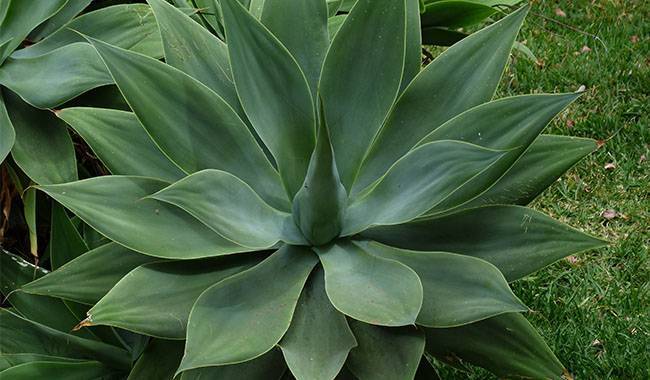
Improper care or unsuitable breeding conditions can lead to the following problems.
- Yellowing of the leaves. This can be caused by insufficient light, lack of nutrients, excessively dry soil, or high temperatures, especially during winter nights.
- Yellowing of the leaf edges. The root ball is completely dry, or the calcium content in the soil is too high.
- Spider webs appear on the leaves. Spider mite infestation.
- Leaves wilting and fading while remaining green. Too little watering or insufficient room temperature (especially in winter).
- Wrinkles on the leaves. The plant was exposed to a sudden and rapid drop in temperature. If the wrinkles appear on older leaves, this indicates magnesium, potassium, and phosphorus deficiency.
- The entire bush has turned yellow. This can be for several reasons: the substrate has become stagnant, or the clumps have dried out, and the substrate is very heavy or dense and does not allow water and air to pass through. It can also indicate that dormancy is approaching.
- Insect pests. The most common pests are spider mites and scale mites.
More Related Information About Planting & Growing Indoor Plants




